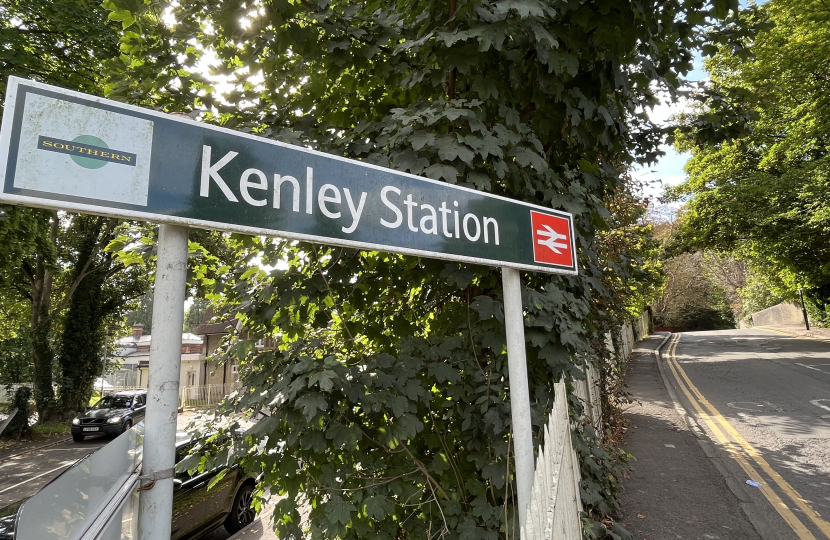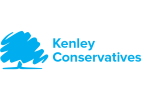
In my blog on 13th September, I reported on the reasons why the train operator had reduced the number of trains on the Caterham branch line. I said that I was hoping to meet with GTR to discuss the situation.
Late last week, together with Neil Garratt AM and councillor colleagues from Tandridge District Council, including Cllr Taylor O’Driscoll who instrumental in setting up the meeting, I met with representatives from GTR to get a deeper understanding of the issues and see if any mitigations could be put in place going forward. Our local MP Chris Philp is very supportive of the discussions and he is also continuing to talk with GTR on behalf of his constituents in Croydon South.
GTR explained that the demand for travel was around 75% of pre-Covid numbers and not expected to increase beyond 80% - particularly in peak travel time. Middle of the day and leisure travel has largely recovered to pre-Covid rates, but the reduction in season ticket and peak time income means that there is a large funding gap of around £400 million. To reduce the burden on taxpayers, GTR need to cut costs, and this means cutting services.
We explained that many residents were very concerned with the changes and upset that they were paying the same amount of money for a reduced service, on more crowded trains. We emphasised that by the time trains got to Kenley, and certainly to Purley, there was often standing room only. We also wanted to understand whether the impact on disabled people, and if people unable to stand for long had been considered.
GTR acknowledged that certain trains were more crowded and showed us their monitoring reports from train sensors:
Any shade of green indicates that at least 40% of seats are unfilled, with dark green representing at least 60% of seats available. On the busiest day of the week, a Wednesday – there is one peak AM train on the “via Tulse Hill” route, the 07:30 that is not solid green before Purley. The slow service which follows at 08:00 is green. These statistics are freely available at https://timetables.southernrailway.com/SN/#/timetables/1193/Table%20L.
We asked if any creative solutions could be found to help passengers affected by the reduction in service. GTR stated that they were willing to look at different scenarios for future timetables, and analyse the effect of the new September timetable on passenger numbers and capacity. However, they did emphasis that adding an extra service would mean reducing a train elsewhere.
Possible scenarios include:
- As passenger numbers were generally much higher on a Wednesday and Thursday and lower on a Monday and Friday, could an extra train run in peak hours on those days?
- Could the service be reduced at weekends to one train an hour and use the savings made to include an extra peak hour train?
- Could an extra carriage be added with selective door opening - being mindful of shorter platforms at Whyteleafe and Whyteleafe South?
All of these scenarios will have repercussions on other services and so need to be carefully considered and modelled. In the meantime, GTR will monitor numbers using the train sensors and if any passengers have evidence of overcrowding, please do contact me as well.
We have agreed to meet again at the end of the year to review the impact of the new timetable, the modelling of the scenarios outlined above and whether the extent of any overcrowding will support a business case for extra trains.




